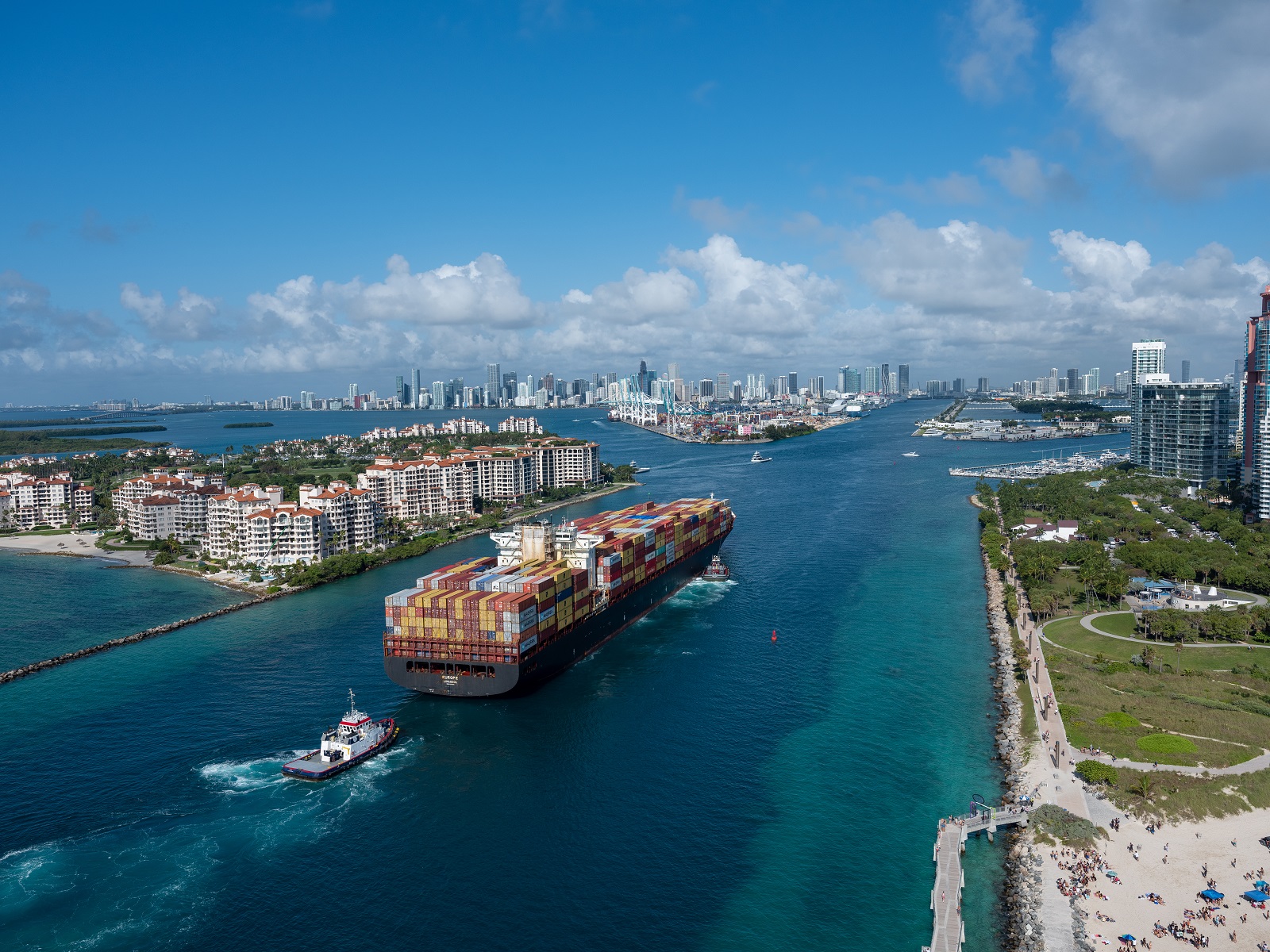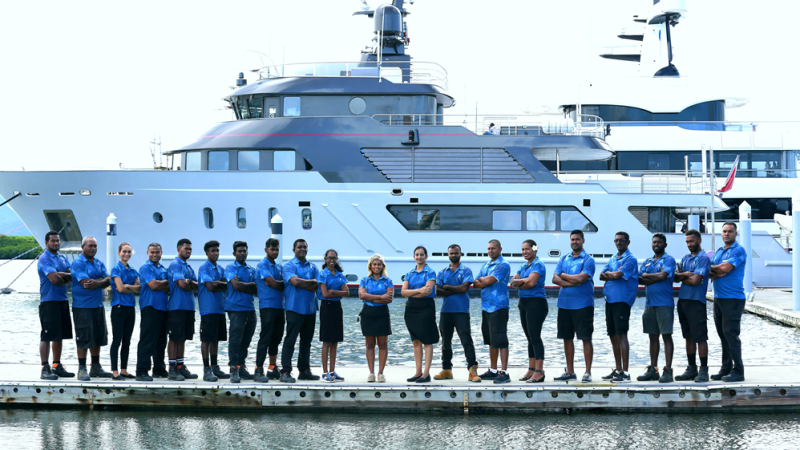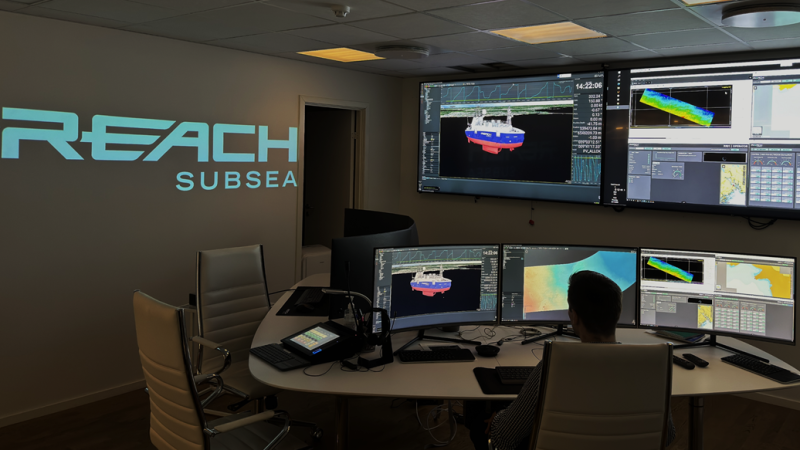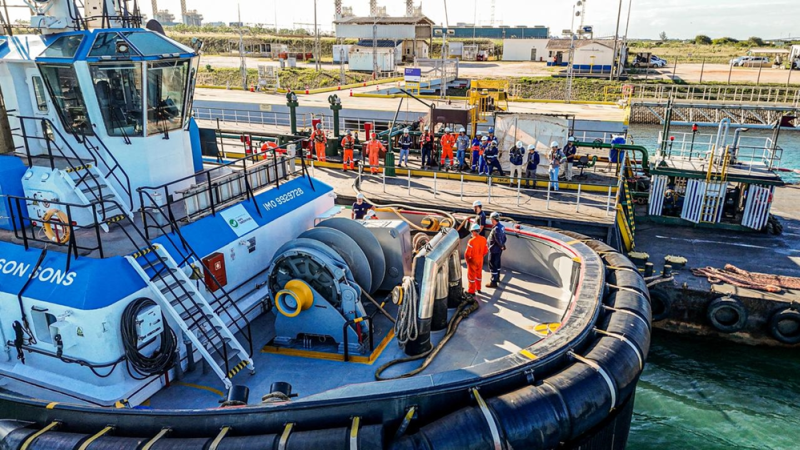Located at the crossroads of the north-south and east-west trade lanes, PortMiami serves ocean carrier clients by linking worldwide markets with US consumers and producers. PortMiami also serves the cruise industry by providing customer service to millions of cruise travellers, making it the undisputed Cruise Capital of the World.
The Port also plays a critical role in the current and future economic development of Miami-Dade County and the state of Florida. Supporting more than 334,000 jobs and contributing $43 billion annually, PortMiami is the second largest economic engine in Miami-Dade County.
One of a kind
PortMiami enjoys a special reputation – it is iconic for cruising, and for being the premiere hub for most major cruise lines sailing to the Bahamas, Mexico, and the Caribbean. Situated minutes from Miami Beach and downtown Miami, the Port is also the departure of choice for all major cruise lines with a wide variety of cruise brands and itineraries. 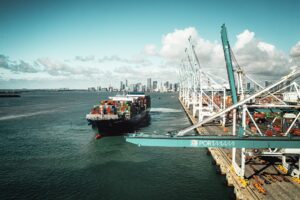
Andrew C. Hecker, CFO & Deputy Port Director, highlights other factors that make PortMiami one of a kind. “PortMiami is strategically located at the nexus of the north-south and east-west trade routes. It is the undisputed Cargo Global Gateway due to its proximity to the Caribbean, and to Central and South America, but it also has a growing business serving global container carriers connecting Asia and Europe to Florida.”
He adds that the Port is well served by easy access to the interstate system as well as proximity to Miami International Airport, which ranks number one among U.S. airports in international passenger traffic and international cargo volume. Additionally, the Port is 2.5 miles from sea buoy to berth which allows for faster cruise and cargo access to land.
Investing in the future
“As PortMiami’s cargo business continues to grow, space is becoming a challenge,” he notes. “This is why we are actively looking at expanding our port and developing inland ports.”
He explains that a major $880 million plus project is under way to add new neo-Panamax cranes, to compress the container yards by adding electric rubber-tired gantries and reefer racks at all three yards, and to put in new gates that use state of the art technology. Additionally, the plan is to develop one or two new inland ports which will be rail-served and help double the Port’s capacity.
Recently, the Port also received a $16 million federal Rebuilding American Infrastructure with Sustainability and Equity (RAISE) grant for its NetZero: Cargo Mobility Optimization and Resiliency Project – a visionary plan to convert the entire cargo movement chain to a carbon-neutral operation, from PortMiami’s channel to its final distribution site.
“We are using the grant to go from three on-port rail tracks to five within our intermodal yard. We believe strongly that rail will be of the great assistance in doubling our cargo over 10 years and reaching parts of Florida, the Southeast United States, and beyond.”
Recent development
Thanks to the Port’s capital improvement projects, it is anticipated that cargo traffic will double in size over the next decade, while the number of cruise passengers is expected to grow along with an expanded offering of cruise brands and ships.
“PortMiami is on pace to surpass its pre pandemic passenger numbers,” says Hecker, adding that the Port has surpassed the one million TEU (twenty-foot equivalent) mark for seven consecutive years.
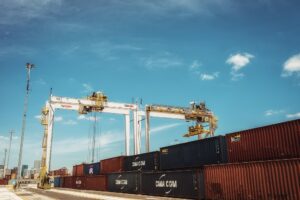 He affirms that cruise liners have already been strengthening their presence in the Port for some time. “MSC Cruises’ Terminals AA/AAA will open in 2024; and its newest megaship, the liquified natural gas (LNG)-powered MSC World America, will begin sailing from PortMiami in 2025.”
He affirms that cruise liners have already been strengthening their presence in the Port for some time. “MSC Cruises’ Terminals AA/AAA will open in 2024; and its newest megaship, the liquified natural gas (LNG)-powered MSC World America, will begin sailing from PortMiami in 2025.”
“Royal Caribbean Group has opened Cruise Terminal A, the Crown of Miami; and beginning January 2024, Icon of the Seas, the largest cruise ship in the world, will begin sailing from PortMiami.”
“Also, Norwegian Cruise Line has opened Cruise Terminal B, the Pearl of Miami, which can accommodate cruise vessels carrying up to 5,000 passengers. Virgin Voyages has opened Cruise Terminal V, the Palm Grove, and last but not least, Carnival Corporation has renovated Cruise Terminal F and added the LNG-powered Carnival Celebration.”
For generations to come
The Port’s commitment to sustainable growth is evident in its investment projects, which are aimed at building up its innovation and efficiency and reducing its carbon footprint.
These include, for example, the installation of 13 all-electric gantry cranes, which replaced diesel-powered equipment and 18 electric rubber-tired gantries in the South Florida Container Terminal cargo yard, which reduce carbon dioxide emissions by 20%.
In addition, the Port is also installing the world’s largest shore power system for cruise ships. The project, implemented in a partnership between PortMiami, its cruise partners and Florida Power and Light Company, is planned to make the Floridian port ‘shore power ready’ by late 2023.
“Upon completion, shore power capability will be available at five cruise terminals with the ability to plug in three ships at a time. Shore power will allow a cruise ship to turn off their primary engines while docked, resulting in reduced air emissions,” says Hecker.
Looking ahead, he affirms that with the support of cruise and cargo companies and elected officials, PortMiami will continue its efforts to make the Port a leader in sustainable growth. “The Port’s mission is to operate one of Florida’s most active seaports in a way that supports economic development and resiliency.”
With its numerous capital development projects, including the launch of a NetZero programme, PortMiami is set to meet the needs of the cargo and cruise industries for generations to come.
